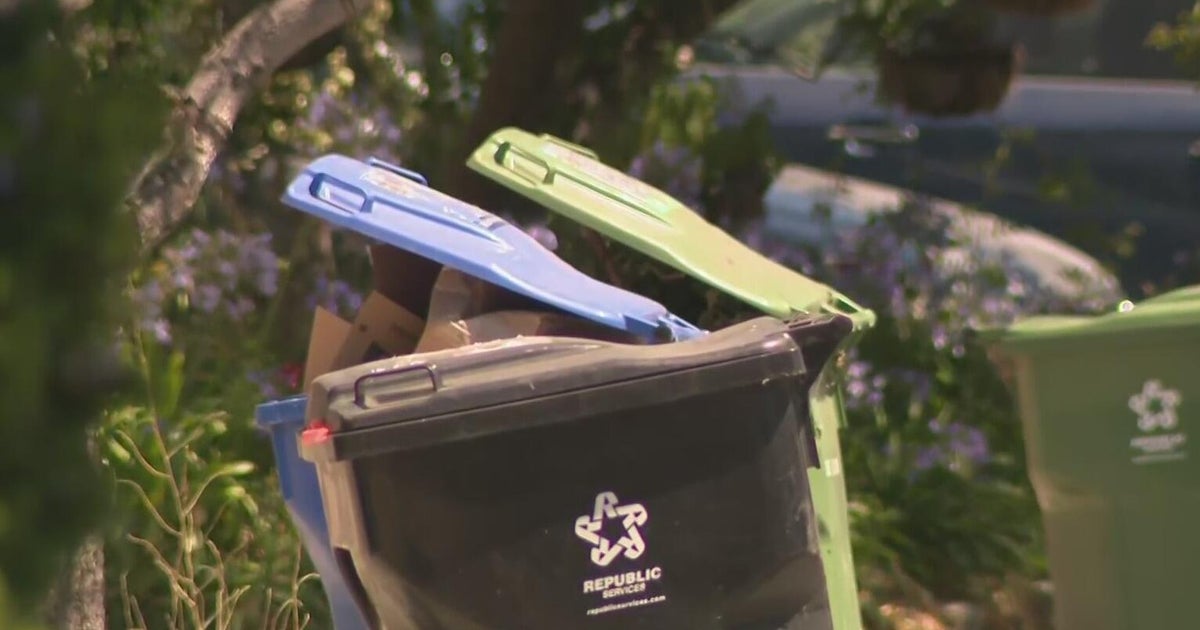Prop. 13: Deteriorating Condition of East Bay School Emblematic of Statewide Need
SAN PABLO (AP) -- Lake Elementary School, just a half-hour drive northeast of San Francisco, is a relic from 1957.
Much of the school's scuffed flooring is old linoleum that contains asbestos, as does the insulation around the school's hulking old steel furnace where grey duct tape is wrapped around rusting pipes.
"The heating system is literally held together by duct tape. Exposed wires are taped together across the hallway ceilings," said Tony Wold, associate superintendent for the West Contra Costa Unified School District in the San Francisco Bay Area. "The roofs are dropping and need repairs. Is this the safest environment for students?"
Proposition 13, the only statewide measure on the March 3 ballot, would create a $15 billion bond to build, repair and modernize schools, from kindergarten through public colleges and universities.
Many school districts, like West Contra Costa, say they do not receive adequate state funding to make repairs and fully modernize their buildings, leading to a "Band-Aid approach" of repairs atop repairs and deferred maintenance that was on full view during a recent tour of Lake elementary in San Pablo.
Most of the money from the proposed bond — $9 billion — would go to K-12 schools, with priority given to addressing health and safety concerns, including earthquake risks and removing toxic mold and asbestos from aging classrooms and lead from drinking water. Of that, $5.8 billion would go to updating school facilities, followed by $2.8 billion for new construction and $500 million each for charter schools and facilities for technical education.
It also would put an end to the first-come, first-served process of allocating funds that critics say has favored richer districts, which often have special staff or can hire consultants to focus on funding applications. The new system would set aside 10% of state money for districts with fewer than 2,500 students and give up to 5% more of state matching money to low-income districts.
"Under the new rules, there are criteria that creates a level playing field to ensure that more disadvantaged school districts" are given priority, said Democratic Sen. Steve Glazer of Orinda, one of the architects of the plan. He notes that it won bipartisan support in Sacramento.
The measure would also allocate $6 billion for higher education, which last benefited from a statewide bond measure in 2006. The funding would be split evenly, with $2 billion each for community colleges, the California State University system and the University of California system.
According to the Public Policy Institute of California, 70% of California's 10,000 public schools are 25 years or older, with 10% of them at least 70 years old.
The bond revenue would provide matching funds to school districts that are willing to cover at least 60% of modernization projects and 50% of new construction.
The bond proposal is backed by teachers and firefighters unions, school boards and Democratic state lawmakers.
The main opposition comes from the Howard Jarvis Taxpayers Association, a group named for the man behind the historic Proposition 13 of 1978, which capped annual increases in property tax until a property changes ownership, leading to billions of dollars less for California schools ever since.
Its president, Jon Coupal, said the group opposes this Proposition 13 for several reasons, notably that it nearly doubles the limit on what a local school district can borrow, from 1.25% to 2% of assessed property value, which he said could lead to future tax increases.
"Unlike statewide bonds, local school bonds do come with a tax increase," he said. "We look at this statewide school bond with this provision about lifting the (debt) caps and the first thing we think — this is actually a property tax increase."
Coupal said with a California budget surplus, the state should fund school facilities itself rather than adding to school districts' debt.
The nonpartisan Legislative Analyst's Office estimates repayments on the bond borrowing would add $740 million a year to California's budget for the next 35 years.
In a statewide survey published last month, the nonpartisan Public Policy Institute of California found that about 53% of likely voters supported the measure, with 36% opposed and 10% undecided.
Democratic Assemblymember Patrick O'Donnell of Long Beach, who co-authored the bill that put the bond on the ballot, says it aims to bridge the disparity in California schools, which range from cutting edge to decrepit.
"There's lead, there's asbestos. We've got schools across the state that have leaking roofs and schools that need heating and air ventilation systems." O'Donnell said. "The need is significant."
© Copyright 2020 Associated Press. All Rights Reserved. This material may not be published, broadcast, rewritten or redistributed



